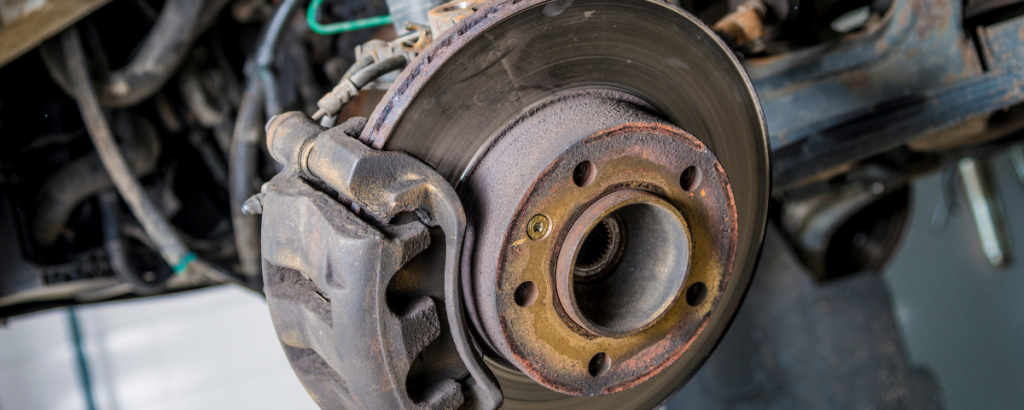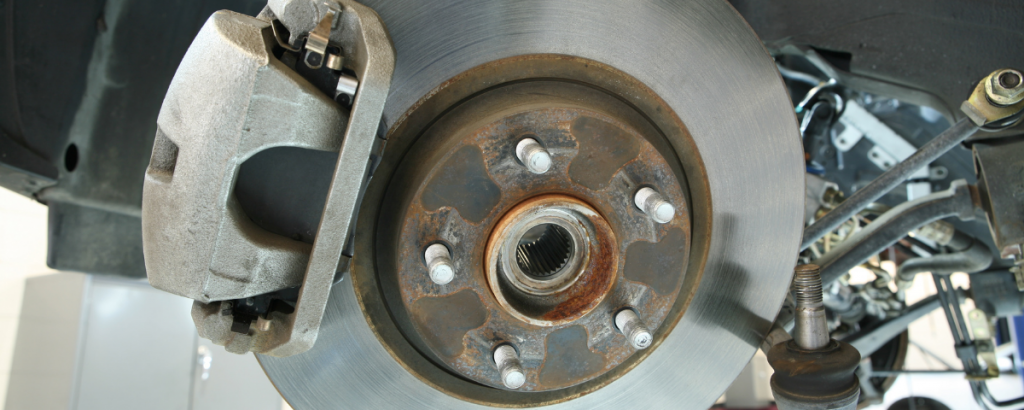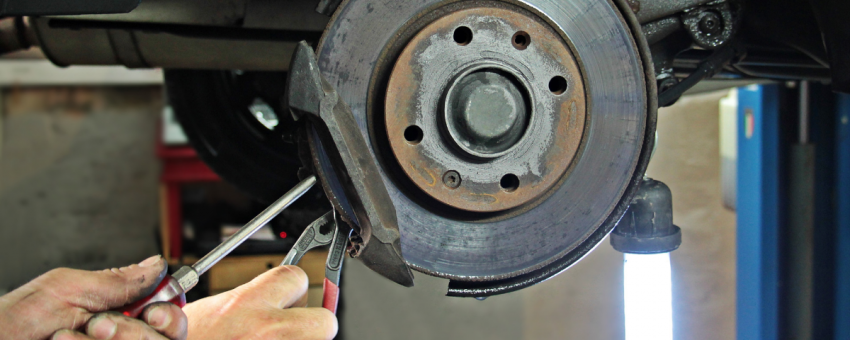Maintaining your car’s brakes is an important part of keeping your car running smoothly. You should regularly inspect your brakes for any wear and tear, and replace the brake pads when necessary.
You can do this yourself or take your car to a mechanic. Just remember to always make sure your car is in a safe condition before driving. Here are some tips on how to do so.
How do car brakes work?
Brake pads are the most important part of any car’s braking system because they’re how you slow down your car. They work by using friction to stop the vehicle.
Brake pads are made of two materials: metal backing plates and a special material called “friction material.” The friction material is softer than metal, so when it rubs against the metal backing plate, it heats up and creates enough heat to make rubber brake fluid boil inside your brake lines (which is how you know that you need new brake pads).
This makes the brakes grab onto something solid like a steel disc or drum attached to one side of each wheel on your car (called an “actuator”), which slows down the rotation of that wheel. And since each wheel is attached to an axle, when you press the brake pedal it slows down how quickly your car can move.
How long do car brakes last?
This is a question that a lot of drivers are interested in, as brake pads tend to wear down over time. Driving habits and how hard you hit the brakes will affect how long your brake pads will last. In general, most brake pads should last for around 30,000 miles before needing to be replaced.
Cars that are driven regularly and pushed hard by high-powered engines and heavy braking can wear out their brake pads in as little as 10,000 miles.

How many brake pads does a car have?
A typical car model has two brake pads per wheel. This means that each vehicle will typically need 4 new brake pads throughout its life, with some exceptions. Some models use different types of brake pad material, and will only need 2 total.
Why does my car shake when I brake?
Many drivers confuse this shaking as a sign that their brakes are wearing out, but this is usually not the case. This quivering is caused by the fact that weight shifts around in your car when you hit the brakes, which can cause your car to shimmy or shake.
Some older cars are more prone to this issue, but many things will cause your brake system to feel different when you apply them. Your tires may be low on air, for example, or your rotors might simply need to be realigned.
Brakes are a critical component of your car, so you must understand how long car brakes last and how often they need to be replaced. If the pads have worn down too low on your rotors, then they could become warped and cause serious damage to your vehicle. Worn or damaged brake parts should always be looked at as soon as you can do so.
If your vehicle has recently been in an accident, it may be particularly important to assess the condition of your brakes, airbags, and other safety equipment. Brakes often endure significant stress during a collision, which could compromise their performance. Additionally, an Airbag module reset may be necessary, not only for safety reasons but also because a malfunctioning airbag system could indicate broader electrical or sensor issues within your vehicle that might indirectly affect braking performance. For example, electrical faults impacting multiple systems could lead to erratic behavior in various components, including the brakes. Thus, if you experience vibrations or shaking when braking, it is advisable to have your vehicle inspected by a reliable mechanic as soon as possible.
You can take your car to a mechanic or you can replace your brake pads at home
If your knowledge of cars is limited, there is no harm in taking your car to a mechanic. However, replacing brake pads yourself is a relatively easy task, and can save you a lot of money in the long run. Here are the basic steps:
- Park your car on a level surface and set the parking brake.
- Open the hood and locate the brake fluid reservoir.
- Use a wrench to loosen the cap on the brake fluid reservoir.
- Carefully pour brake fluid into a container until the reservoir is full. Never mix different types of brake fluid.
- Replace the cap on the brake fluid reservoir and tighten it with the wrench.
- Locate the caliper bolts on the front or back of your car (depending on which brake pads you want to change).
- Loosen the caliper bolts by turning them counter-clockwise with a wrench.
- Remove the brake pads from your car and replace them with new ones, being careful not to touch the brake rotor surfaces with your hands or let any dirt get in (you can use some paper towel if you want to be extra careful).
- Retighten the caliper bolts and reassemble your car in reverse order, being careful not to let any dirt get inside.
- Check to make sure all brake components are working properly, and that your parking brake is set before you drive.

Always make sure that your car is in a safe condition before driving
Your car should be in a safe condition before driving. This means that you should check the following things:
- The brakes – Make sure that the front and the rear brakes are working properly and that there is no fluid leakage.
- The tires – Check the pressure of the tires and make sure that they are properly inflated. Also, check for any damage or irregularities.
- The engine – Check the oil level and top it up if necessary. Also, check the coolant level and top it up if necessary.
Brake pad maintenance is crucial
Maintaining your car’s brakes is an important part of keeping it safe on the road. In this article, we’ve outlined how long brake pads typically last, how many brake pads a car has, and what you can do to maintain your car’s brakes.
If you’re experiencing shaking when braking, take your car in for a service right away to prevent further damage. By following these simple tips, you can help keep your car’s brakes in good condition and avoid costly repairs down the road.


